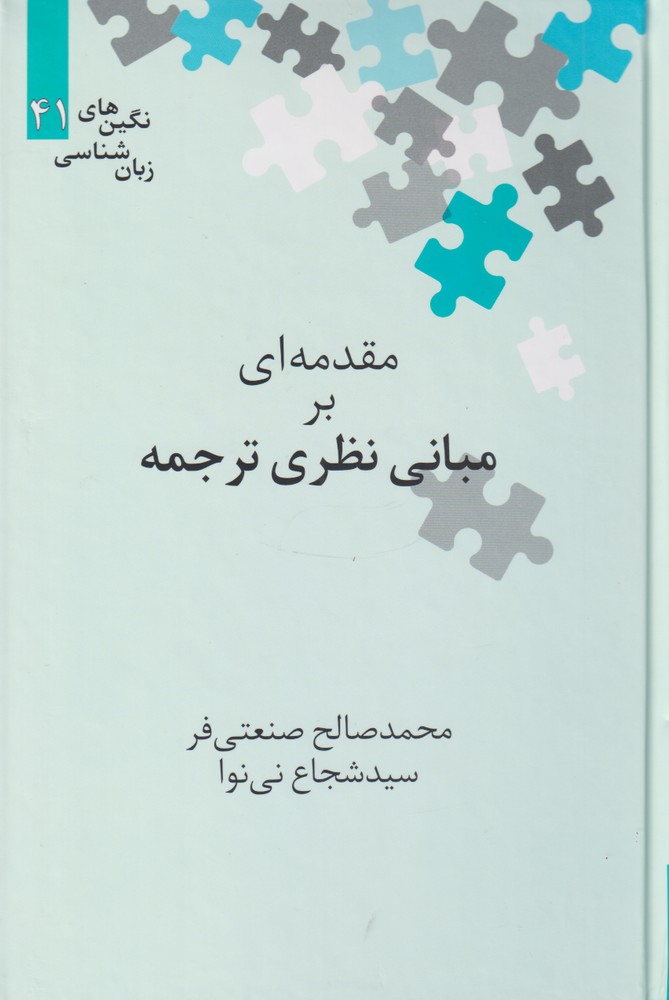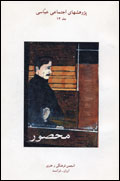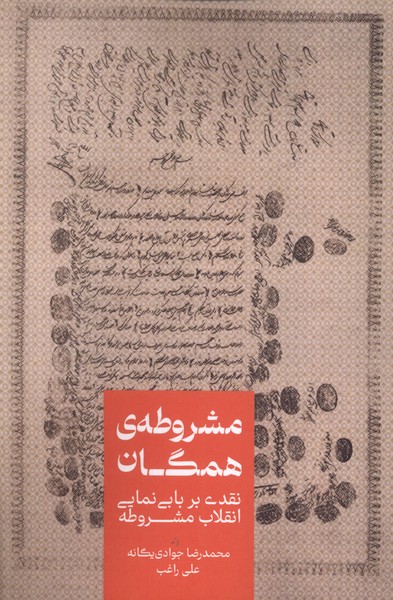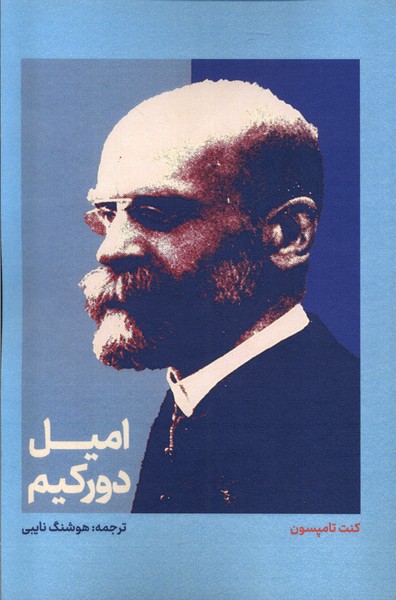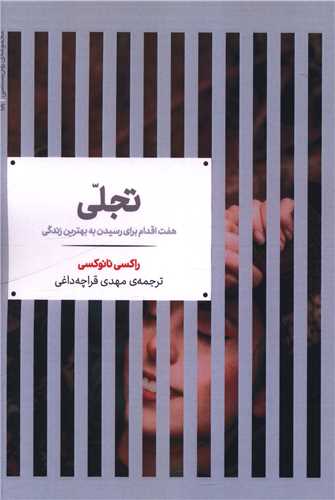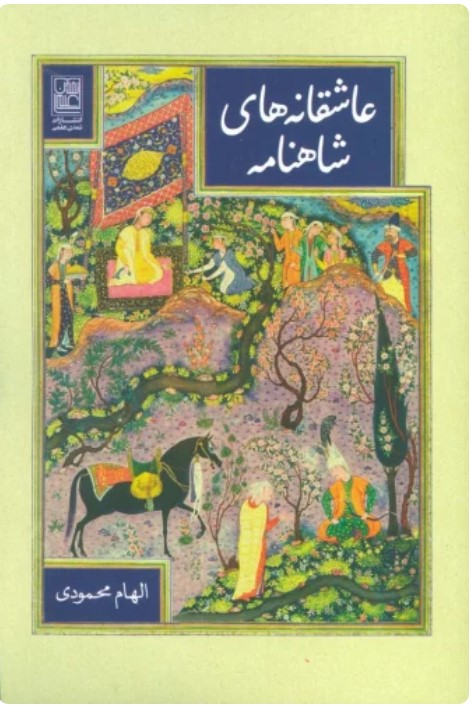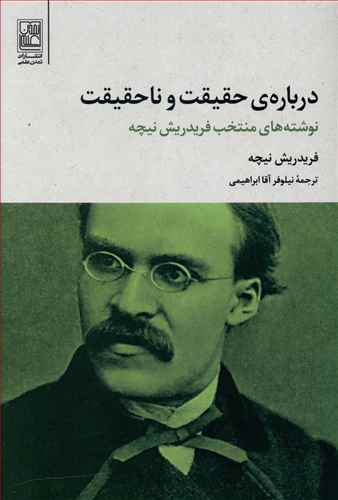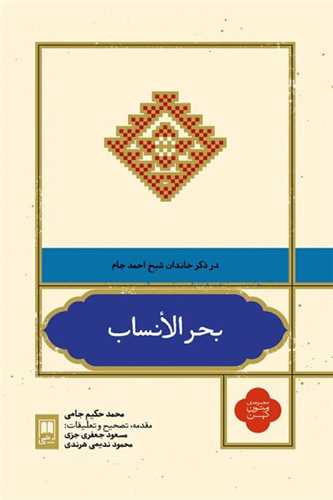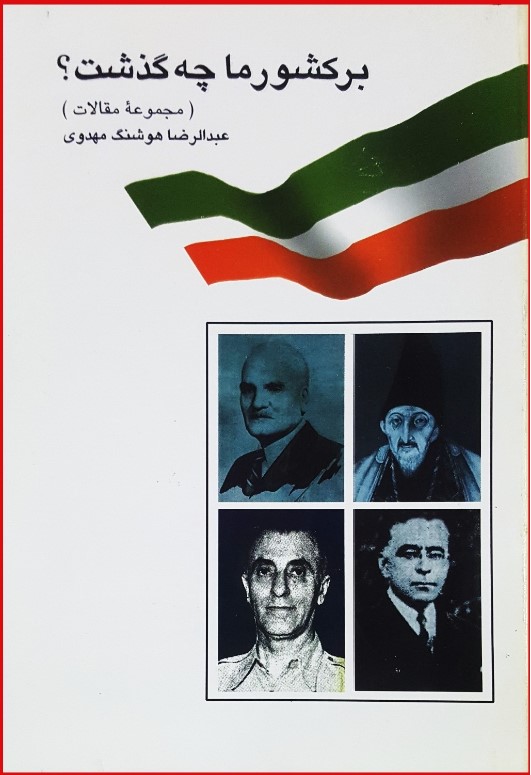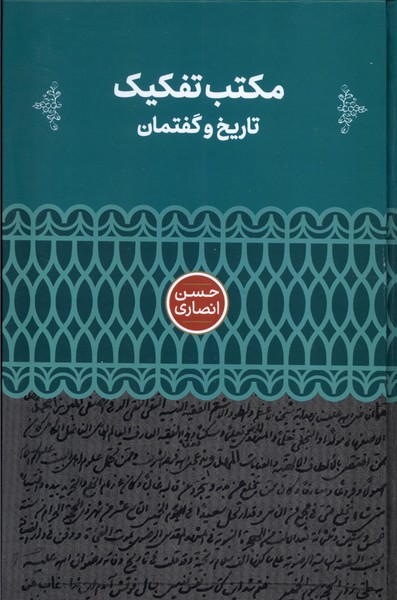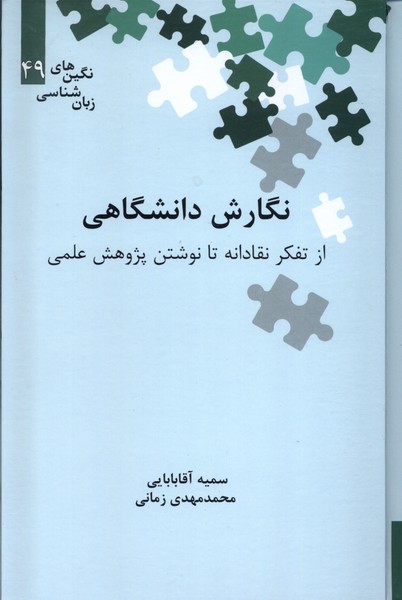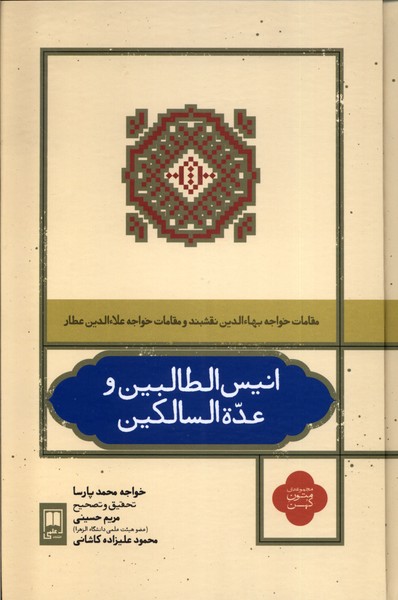مقدمه ای بر مبانی نظری ترجمه الفارسية 1399
Muqadamah'ī bar Mabānī-yi Naẓarī-yi Tarjumah
188 SEK
مشاركة
Wishlist
In this book, translation theories are divided into four general categories: traditional, linguistic, cultural, and digital theories. In the theories of the traditional period (before the 20th century), scientific theoretical justification did not underlie the work of translators and translation, and everything was based on the experience of translators who were often engaged in other professions. The theories of the linguistics period (twentieth century), which had a more scientific approach to translation and related issues, introduced translation as a linguistic science and practice based on linguistic theories. But in the later periods (after the 20th century), when linguistics was no longer able to answer translation problems alone, and translation was introduced not as a mere linguistic act, but as a cultural, social, and even political act, the attention of translation scholars was directed to cultural theories. Therefore, a discussion is raised that maybe part of the meaning is in the mind and existence of the translator or reader of the text. In the digital age, we have discussed different types of translation that are influenced by the findings of technology and its application in translation, which often feed on the theories of previous periods. This book is recommended for the "Theories of Translation" course and more for students whose field (English translation) is not related to their field of study in associate and bachelor degrees.
more
در این کتاب، نظریههای ترجمه به چهار دسته کلی نظریههای سنّتی، زبانشناسی، فرهنگی و دیجیتال تقسیم شدهاند. در نظریههای دورۀ سنتی (قبل از قرن بیستم)، توجیه نظری علمی در زیربنای کار مترجمان و ترجمه قرار نداشت و همهچیز مبتنی بر تجربۀ مترجمانی بود که غالبا به حرفههای دیگر مشغول بودند. نظریههای دورۀ زبانشناسی (قرن بیستم) که رویکرد علمیتری به ترجمه و مسائل مرتبط با آن داشتند، ترجمه را علم و عملی زبانی مبتنی بر نظریههای زبانشناسی معرفی میکردند. اما در دورههای بعدتر (بعد از قرن بیستم) که دیگر زبانشناسی قادر نبود به تنهایی پاسخگوی مسائل ترجمه باشد و ترجمه نه یک عمل صرفا زبانی، بلکه یک عمل فرهنگی و اجتماعی و حتی سیاسی معرفی شد، توجه ترجمهشناسان به نظریههای فرهنگی معطوف گردید. لذا، بحثی مطرح میشود که شاید بخشی از معنا در ذهن و وجود مترجم یا خوانندۀ متن است. در عصر دیجیتال به گونههای مختلف ترجمه که متأثر از یافتههای تکنولوژی و کاربرد آن در ترجمه است، پرداختهایم که غالبا از نظریههای دورههای قبلی تغذیه میکنند. این کتاب برای درس «نظریههای ترجمه» و بیشتر به دانشجویانی توصیه میگردد که این رشته (مترجمی زبان انگلیسی) با رشته تحصیلی آنها در مقاطع کاردانی و کارشناسی نامرتبط است.
more

